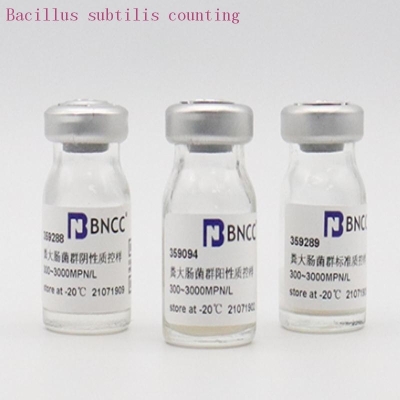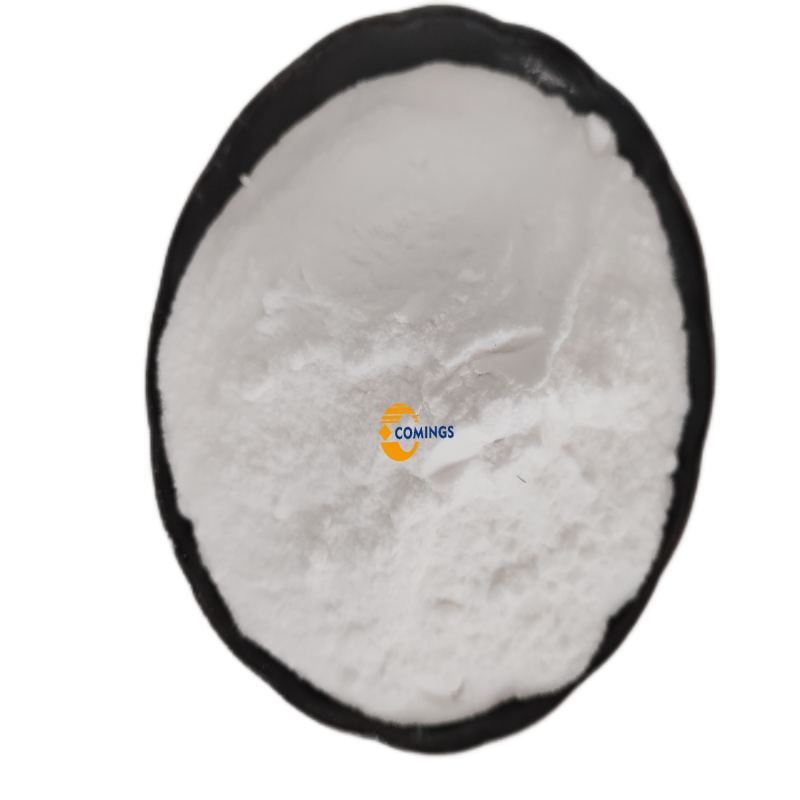-
Categories
-
Pharmaceutical Intermediates
-
Active Pharmaceutical Ingredients
-
Food Additives
- Industrial Coatings
- Agrochemicals
- Dyes and Pigments
- Surfactant
- Flavors and Fragrances
- Chemical Reagents
- Catalyst and Auxiliary
- Natural Products
- Inorganic Chemistry
-
Organic Chemistry
-
Biochemical Engineering
- Analytical Chemistry
-
Cosmetic Ingredient
- Water Treatment Chemical
-
Pharmaceutical Intermediates
Promotion
ECHEMI Mall
Wholesale
Weekly Price
Exhibition
News
-
Trade Service
| Recently, the Wang Jun research group of the Institute of Microbiology, Chinese Academy of Sciences used the established enterovirus research method (Cao et al, Medicine in Microecology, 2020, 4:100012) combined with Nanopore is third-generation sequencing technology, and cooperated with Yang Penghui from the Fifth Medical Center of the PLA General Hospital The director cooperated to analyze the dynamic changes of the enterovirus group (Virome) of patients with new coronary pneumonia (COVID-19) for the first time, and explained the mechanism using mice as a model. The work was published in the Gut Microbes journal under the title "Integrated Gut Virome and Bacteriome Dynamics in COVID-19 Patients". The epidemic of new coronary pneumonia caused by the new coronavirus (SARS-CoV-2) continues to spread. According to statistics from the World Health Organization (WHO), as of March 2021, there have been more than 100 million COVID-19 cases worldwide and more than 2. 6 million deaths. Although COVID-19 patients mainly manifest as respiratory infections, causing respiratory symptoms and even respiratory failure, the virus often affects the digestive system, especially the intestines. It is worth noting that the digestive system symptoms of COVID-19 patients after the new coronavirus infection precede the respiratory system, mainly manifested as diarrhea. Studies have shown that there are varying degrees of intestinal ecological imbalance in the intestinal flora in patients with new coronary pneumonia, and this change can be used as a biomarker for the diagnosis and treatment of COVID-19 disease. Enteroviruses are an important part of intestinal microbes, and there is evidence that they are closely related to inflammatory bowel diseases. However, the changes in enteroviruses in COVID-19 patients and their relationship with SARS-CoV-2 infection The relationship is still unclear.So far, the author has taken patients with new crowns in Beijing as the research object, and collected the patients feces and throat swabs. Then, using healthy people as a reference, the dynamic changes of the enterovirus group and bacterial group of COVID-19 patients were analyzed. The results found that compared with healthy people, there are big differences in the enterovirus and bacteria of COVID-19 patients, which is mainly manifested in the significantly reduced diversity of the intestinal flora of patients. At the same time, the composition of bacteria or viruses varies among patients with different disease severity. Compared with mild cases, conditional pathogens in severe patients increased significantly, but butyric acid-producing bacteria decreased significantly. In addition, the author also replicated this finding in a mouse model of SARS-CoV-2 infection, confirming the difference in the virus group and the imbalance of the bacterial group caused by SARS-CoV-2 infection, and observed that immune/infection-related during the infection process The different expression of genes in intestinal epithelial cells may explain the dynamics of the viral and bacterial groups.
Figure 1 The composition and difference of enterovirus groups between healthy people and COVID-19 patients
Figure 2 The diversity of the enterovirus group is significantly related to the severity of COVID-19 disease,
and multiple viruses are closely related to clinical indicators.
Researcher Wang Jun from the Institute of Microbiology, Chinese Academy of Sciences, and Yang Penghui from the Fifth Medical Center of the PLA General Hospital are the co-corresponding authors of this article. Cao Jiabao, a doctoral student at the Chinese Institute of Microbiology, Wang Cheng from the First Medical Center of the PLA General Hospital, Zhang Yuqing, a master student at the Institute of Microbiology of the Chinese Academy of Sciences, and Lei Guanglin from the Fifth Medical Center of the PLA General Hospital are the co-first authors of the paper. The research was funded by the National Natural Science Foundation of China is new crown virus special project, the Chinese Academy of Sciences strategic pilot science and technology special project, and key scientific and technological research and development projects. Original link:
Disclaimer: This article only represents the author is personal views and has nothing to do with China Probiotics. com. The originality and the text and content stated in the article have not been verified by this site. This site does not make any guarantee or commitment to the authenticity, completeness, and timeliness of this article, all or part of the content, and the text. Please readers for reference only, and please Verify the relevant content yourself. Copyright Notice
1. Some of the reprinted articles on this site are not original, and the copyright and liability belong to the original author. 2. All reprinted articles, links and pictures on this website are for the purpose of conveying more information, and clearly indicate the source and author. Media or individuals who do not want to be reprinted can contact us for infringement information that can provide sufficient evidence , Bio149 will be deleted within 12 hours after confirmation. 3. Users are welcome to post original articles to 86371366@qq. com, and publish them to the homepage after review. The copyright and liability belong to the sender. |






